It's not a secret to anyone that all vegetable and fruit crops, as well as berries and decorative plants, need certain help during growth and vegetation. Excellent solution - properly selected fertilizer.
Vegetables planted on the beds, over time, pull out all the useful substances and trace elements with the soil. And if they do not fill them, you are unlikely to get a good harvest, and the culture itself can die. One of the most important nutrients that is vital for the growth of vegetables on your garden is nitrogen.
It is nitrogen that allows your vegetable cultures to increase green mass and maintain the vitality of plants. The main source of nitrogen is the fertilizer of the urea. In this article, we will consider in more detail the characteristics of the urea, we will tell about the basic rules of its use, as well as on the methods of making.
Nitrogen value for plant growth
Nitrogen, like potassium with phosphorus, is one of the most important nutritional elements for the plant world. Without this item, an increase and a full vegetation of all plants is impossible. After all, nitrogen is the most important component of the component of simple and complex proteins, which, in turn, are part of the cytoplasm of plant cells. Nitrogen in proteins is also part of nucleic acids that play not the last role in the metabolic processes in plant organisms.
This element is also included in other organic elements of vegetable cells, such as chlorophyll, enzymes, alcoholoids.
All vegetable cultures most often get nitrogen from the mineral fertilizer urea or nitrate. From the moment of the introduction of a long-time nitrogen plant, a long time and a large number of processes take place in cells. Nitrogen is a kind of "glue", which allows you to fasten parts of the plant and supports them in a vertical position. A distinctive feature of this substance is its unique mobility. It can easily move around the plant, from one part to another, where it is much more necessary. In addition, in the fertilizer, the urea nitrogen is present in the amide form, which goes into the plant faster and is assumed to them.
Of course, the introduction of nitrogen fertilizers, the main of which is urea, requires care and strict compliance with the instruction manual. After all, the surplus of nitrogen or its late introduction can lead to damage to the plant and reduce its yield. To use nitrogen for the benefit of their vegetable crops, it is necessary to carefully view the composition and permissible dosage for different plants.
General characteristics of urea
Urea is one of the types of nitrogen fertilizers, which is widely used when growing vegetables, berries and decorative plants. Compared to other nitrogen fertilizers used in horticulture and vegetable growing, urea is of the greatest efficiency and rather small cost.
Characteristics of urea:
- Scientific name urea carbamide.
- This is a protein compound obtained by chemical synthesis from inorganic substances. It is an amide of coalic acid.
- The urea fertilizer includes 46.2% nitrogen, which is the basis of this popular feeding for plants.
- Nitrogen in this fertilizer is contained in amide form, which allows it faster and more efficiently absorbed by vegetable and fruit-berry cultures.
- Compared to other nitrogen fertilizers (agriculture, ammonium sulfate), urea contains more nitrogen.
- Urea is perfectly soluble in water, so often this fertilizer is used as a solution.
- The carbamide has excellent mobility, which allows this nutrient to quickly penetrate herbal cells.
- Another advantage of urea is considered to be its relatively slow decomposition in any soil.
- Many nitrogen fertilizers have increased acidity, but urea among all the least has an acidic effect on the soil.
- Urea efficiency directly depends on the type of soil, so before use, make sure the Earth on which vegetable crops grow.
- This fertilizer is produced in the form of white, dairy or translucent granules or odor tablets.
- Used for enhanced growth and plant development during the growing season.
- You can use urea for soil fertilizer, for feeding various vegetable crops, as well as to combat various pests.
Urea application in the garden
Urea is the most popular fertilizer among professional gardeners and vegetables, as well as among lovers' beginners. It can be easily purchased in any specialty store for summer residents. In addition, at a fairly affordable price. You can store this fertilizer for a long time, the main thing is that the place is dry. Otherwise, urea granules can gather in one big piece.
The urea vegetable garden uses as a separate fertilizer to maintain and enhance the growth of vegetable crops, as well as together with other fertilizers. It can be combined with organic feeding or feeding plants, mixing with superphosphate. The main thing is, take into account the properties of the soil and the period of plant growth, and also use immediately in dry form.
When using urea fertilizer on the garden, it is necessary to focus on the state of your plants and vegetable crops.
Symptoms of nitrogen shortage
You can easily see which of your plants need extra nitrogen. The lack of this substance directly affects the appearance of cultures.
- The growth and development of vegetable culture or plants is noticeably slowed down.
- In appearance, the plant is oppressed.
- Very often you can notice the early foaming of the leaves in the summer.
- The symptom is also early yellowing of foliage and green mass in plants.
- In itself, the plant becomes thin and very weak, with short and small shoots and branches.
- The plants are weakly developed kidneys that grow very badly.
If there are any symptoms, you immediately need to apply the urea fertilizer. After that, in a short time, your plant will quickly gain strength, thanks to good mobility and penetration of this fertilizer.
Terms of use of urea
It is important to correctly choose the deadline for making the urea fertilizer into the soil or for plant growth. Several stages are isolated during which the fertilizer has a maximum effect on the plant.
Stages of urea making:
- Before sowing. Very often, the fertilizer urea is used a few days before sowing or planting plants. This is about 10-15 days. It is made at the time of the dumping space under the landing. However, in this case it is important to take into account the properties of nitrogen, which very quickly disappears. Therefore, when processing the soil, close the fertilizer deeper. Pre-sowing fertilizer can be divided into two stages: the part is made in the fall during the processing of the soil, and the rest is in the spring, directly for a while before landing.
- During the planting of seedlings of plants or seed sowing. In this case, the fertilizer granules fall asleep into the wells or grooves cooked by landing. It is important to remember that it is necessary to eliminate direct contact of fertilizer with seeds or other landing materials, otherwise the delay in the germination and development of plants is not excluded. To prevent this, make a small layer from the soil between fertilizer and seeds or root system of your plants. Urea during this period can be made with potash fertilizers.
- Falker of plants in the garden. This stage is carried out during the growing season and allows the plant to increase the green mass and give a good harvest. In this case, a solution of urea fertilizer is used.
- Extra-corner feeding of plants. In this case, the use of urea involves spraying with a solution with a solution of plants for their feeding and pest protection, as well as for the prevention of diseases.
Methods of making urea
Urea fertilizer can be made in several ways, depending on the time of use.
- Urea or carbamide can be used in the form of granules. With this method, fertilizer is made a few days before landing and during the landing. Usually in a dry form for vegetable crops or small plants by 10 squares of approximately necessary dose of 50-100 gr. For the fruit it will be more - from 70 to 150 gr. You can also introduce urea with granules and during the growth of the plant, but it is necessary to mix them very carefully with the soil.
- The urea solution is very widely used, which is used to feed crops during the active growing season. Approximate dosage for feeding vegetable crops 9-15 grams of urea per 10 liters of water. For fruit trees, the solution should be more concentrated - 20 grams per 10 liters of water. With such a solution of fertilizer, approximately 3 liters per 100 sq.m.
- To combat pests and disease prevention, you can use a spray solution. For him, it is necessary to dilute 500-700 g of urea dilute in 10 liters of water. Spray plants are best in the morning or evening. The concentration of the solution should not exceed 5%. Urea is an excellent option for spraying, as its solution does not damage the leaves and shoots.
Effect of urea type of soil
The fertilizer urea has a property of acidifying the soil, so before you make this fertilizer in the soil, it is necessary to specify the composition of the soil. From this, first of all, the efficiency of urea use will depend on.
- The urea nitrogen fertilizer has a markedly positive effect on the plant, planted on acidic and light soils, or on sandy and soup.
- If the soil on your garden is very sour, then together with the urea into the ground, it is necessary to seal the lime that neutralizes the acid.
- At alkaline and neutral soils, urea very quickly begins to decompose and highlight ammonia. In contact with the seedlings or seeds of plants, ammonia has a detrimental effect on them. Culture can die. Especially acute, such an impact affects alkaline soils. To prevent such an effect of urea to the reaction in the soil, it is necessary to close the fertilizer for some time before landing.
- Particularly effective fertilizer acts on improving the yield of crops on well-irrigated lands.
Instructions for applying urea fertilizer for different cultures
An important condition for the use of urea is the correct dosage and time of application, which allows you to accelerate the growth of plants and increase yield. If the recommended dose is exceeded, the plant may become fragile, the fruiting will be difficult. If you make fertilizer not at that time, especially at the time of the formation of fruits, the foliage can go into growth. And the fruits can slow down in development, so you are unlikely to get a big harvest.
Therefore, you must know approximate dosages for different crops
- For vegetable crops before landing, it is necessary to close in the soil of about 5-10 gr urea.
- To obtain a good yield of potatoes, garlic, tomatoes, peppers, beets, it is necessary to make fertilizers as feeding about 19-23 grams per 1 m.
- The fertilizer of urea for cucumbers and podlock cultures is made in the amount of 6-10 grams per 1 square meter. m.
- For zucchini, patissons and eggplant, it is recommended to use the urea fertilizer feeder twice. The first time - during the landing, the second time - during the start of the formation of the barrows. Approximate cost of fertilizer fertilizer per quarter. m. - 10 grams.
- Decorative plants can be filtered during the landing and after the growing season. During active growth, it is better not to use urea, otherwise bloom will be scarce. Approximate consumption - 4 grams per 1 square. m.
- For fertilizer, strawberries and strawberries use a solution at the rate of 10 gr urea for 2 liters of water.
- Fruit-berry trees also better feed urea solutions. For plums and cherries it is necessary to breed the fertilizer of urea in the proportion of 120 grams per 20 liters of water. Apple trees need more - 200-250 grams per 10 liters. Fertilizer is carried out in specially made grooves on the projection of the crown.
- Berry currant shrubs fertilize kidney swelling - 20 grams of urea on 10 liters of water. The gooseberry bushes during the growth period of the branches - 2 ppm on 1 bucket of water.
- Cereals can also be fertilized by urea. For 1 weaving it is necessary to make 300 grams of fertilizer in dry form.
Urea as a means of combating pests
Urea can be used not only as feeding for vegetable crops, but also as a means to combat pests that may appear in the garden and garden. Of course, today there are a large number of special preparations that are created to combat pests and diseases. However, with their use, various side symptoms may appear.
- Fertilizer urea can be used as a means to combat pests such as TLL, MEDYAN, DONE. Usually, with the onset of heat, these pests begin to wake up. Therefore, you need until the swelling of the kidneys have time to make plants with a solution of urea. Make it simple: 10 liters of water must be used 500-700 g nitrogen fertilizer.
- Also immediately need to spray last year's foliage that is under plants. It was here that all the pests were winter.
- Folia can be removed, but the released place is necessarily treated with the same solution.
- Urea is also used to prevent various diseases that may appear in plants at the beginning of autumn. To save plants from pasta and spottedness, divert the urea solution. In this case, it needs to be done more concentrated - approximately 700-800 grams on 10 liters of water.
- In the autumn, the same solution can be shedding the foliage so that the next year new pests appeared from it.
Pros and disadvantages of urea use in the garden
Like any other fertilizer, the use of urea in the garden has its own positive and negative sides. Let's consider them more in more detail.
Pros:
- Nitrogen, which is part of the urea, is much more efficiently absorbed by plants. After a day, nitrogen becomes part of the protein of plant cells.
- Urea can be used both in open soil and in greenhouses and for feeding room plants.
- One of the features of urea is a variety of ways to use. It is possible to carry out not only root feeding, but also an extraxnealing, as well as spraying. Unlike other nitrogen fertilizers, urea does not burn the foliage of plants.
- This fertilizer has less acidity than ammonia nitrate.
- Urea is used for accelerated growth and plant development, for increasing the green mass, as well as to increase their yield.
- It can be used for vegetable crops, fruit and berry, ornamental plants, colors, indoor plants.
- An important advantage of urea is its ability to fight pests.
- Urea may also be used for prevention of various diseases.
Cons of using urea:
- When using urea on poor soils, there is a risk of failure of the fertilizer.
- To reduce the acidity of fertilizer, along with it into the soil, you can add lime.
- A large amount of fertilizer near the seed can adversely affect their germination. So be sure to between urea and seeds to do a layer of soil.
- Be sure to carefully follow dosage specified on the package of fertilizer. Excess nitrogen can also be harmful, as the shortage of this material.
- It is also recommended to follow precisely the time of fertilization. After all, if you Feed the plant with urea during the formation of the fruit, the growth will foliage and fruit will slow their development.
Rich harvest in your garden - it is only your hands. Proper and timely application of urea fertilizer to help you grow healthy and strong plants and get a big harvest. Thus, you make up for in the land all the necessary substances that have plants themselves. And they, in turn, will delight you with its appearance and tasty and healthy fruit. The main thing, just follow the rules and guidelines for the use of this fertilizer.

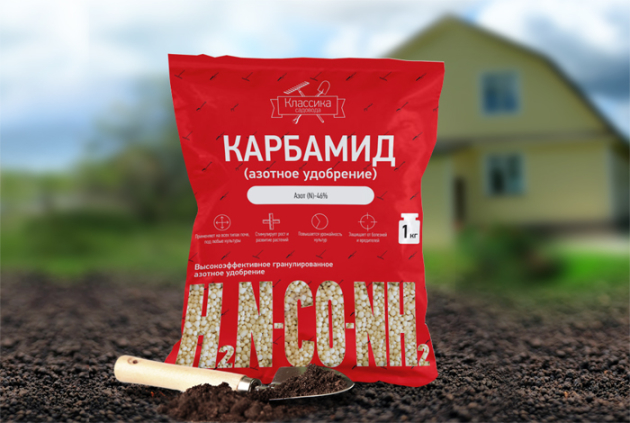
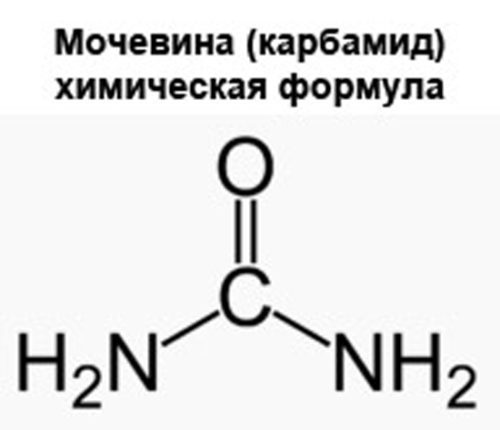
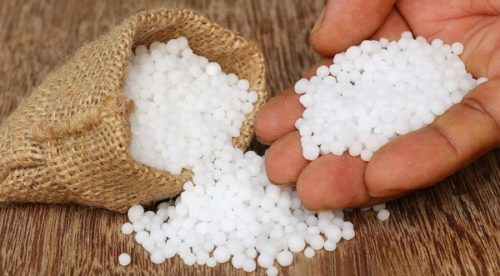
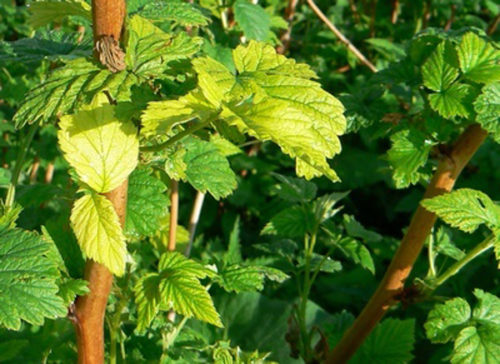
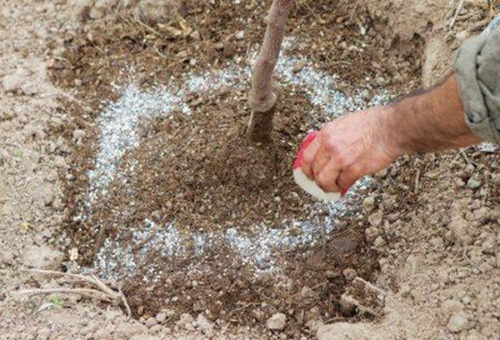
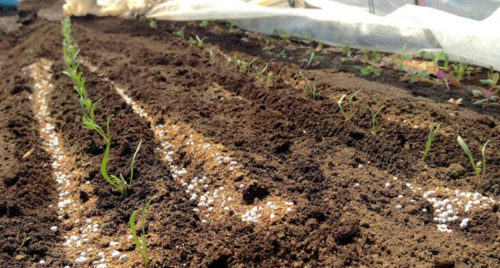

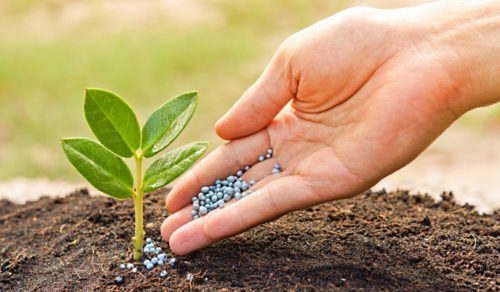
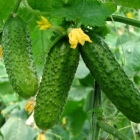
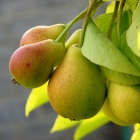

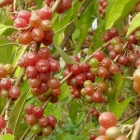
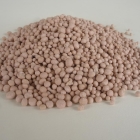
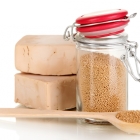

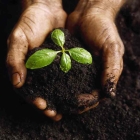
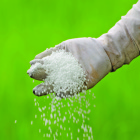
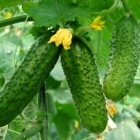
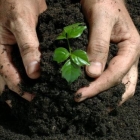
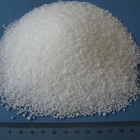
 Start a discussion ...
Start a discussion ...